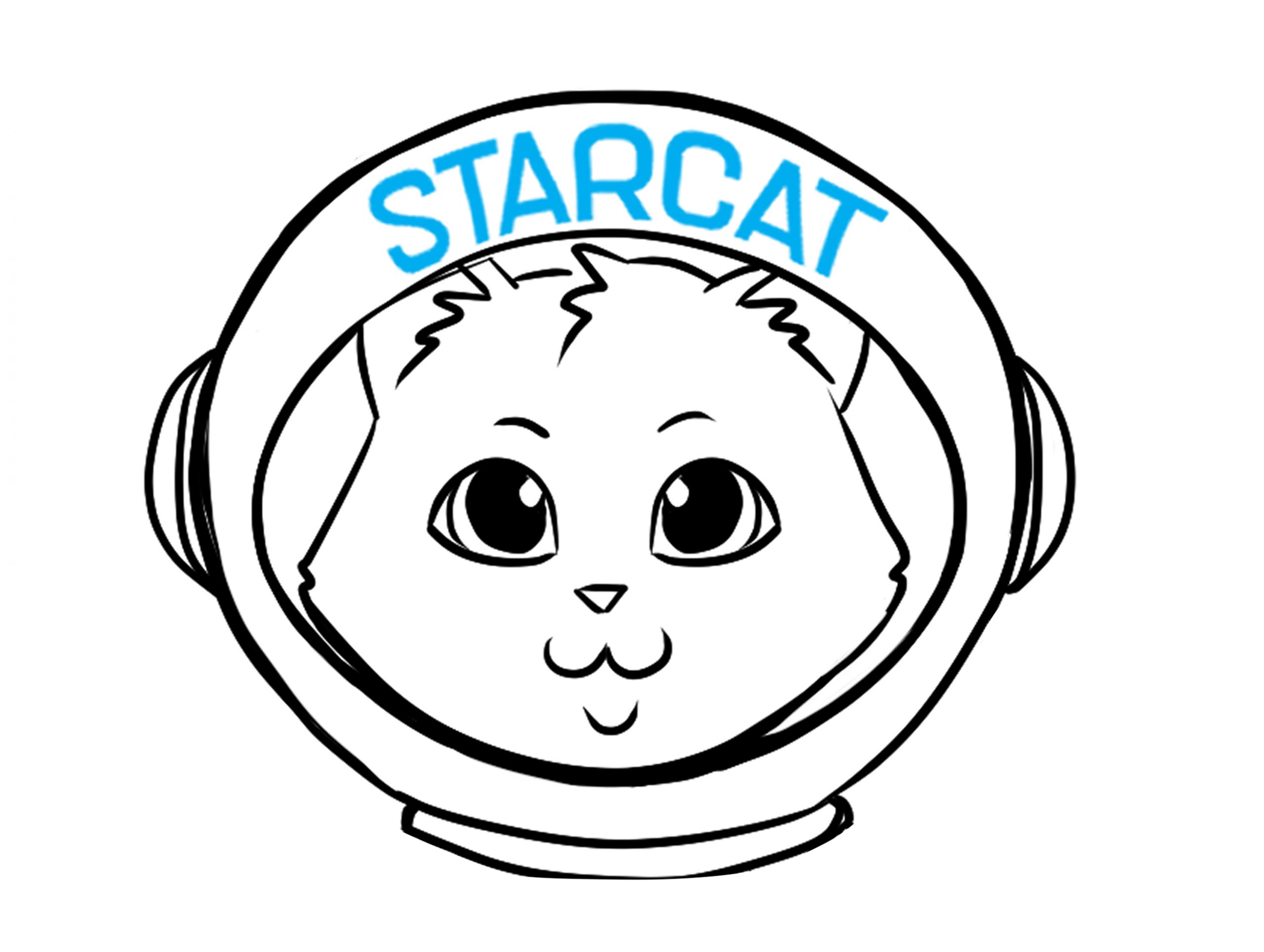Paid Family Leave is HereThis week each of your libraries will receive Paid Family Leave printed guidance (.pdf) on Paid Family Leave and Disability Benefits Law. While only association libraries and reading centers (who employ at least one person, including the manager) are required to comply with these laws, it is my hope that all library people will take time to learn something about the benefits and consider whether opting in is appropriate for their institution.
The benefits of the Paid Family Leave Program will be implemented and increased over the next four years.
Because the cost for employees is based on a percentage of the average New Yorker’s salary, which has been overall stable for the past many years, cost to the employee is projected to remain stable around $1.65 per week, or $3.30 per bi-weekly paycheck. The phasing in for the compensation while out of work to care for family will also phase in until it is even with New York’s Disability Benefits Law (DBL) benefit. Also known as Short-Term Disability, if you are an association library or reading center, you also are subject to DBL.
For those of you familiar with the Family Medical Leave Act (FMLA), there are some similarities between NY’s Paid Family Leave and the federal FMLA. The biggest differences are that Paid Family Leave time is:
The similarity in those two programs, and where Paid Family Leave differs from DBL, is the increments in which the benefit can be taken. In this program, the benefit can be taken in one day increments for a long term care issue, but not for a one time occurrence. For example, the employee could take off periodic days to take his partner for dialysis, not to exceed a cumulative 8 weeks over the course of 2018, and be compensated for each of those days at a rate of 50%, but not to take his partner for a doctor’s appointment.
Partners working for different employers can take the benefit to care for the same person for the full amount of time.
Required to offer this benefit to employees or interested in opting into the program?Your first step is to contact your insurance broker or company. They will receive the payroll deductions and mange eligibility determinations for your employees. No board will have to figure out if the absence qualifies. Instead, the employee will make the claim directly to the insurance company who will manage compensation for the missing time. This program is designed to be fully employee funded through payroll deductions and not to increase the HR management burden on employers. We hope that as libraries get closer to 2018, they will see Paid Family Leave as a low to no cost benefit offered to a work force that has performed one of civilization’s most prized tasks without adequate compensation or necessary benefits for more than a century in most of our communities.
Resources on Paid Family Leave | ||||
For all upcoming events, please visit the STLS program calendar.
As ever, please contact me with questions, concerns, and ideas.
Yours, in advocating for an ever better place for our colleagues, Margo |




